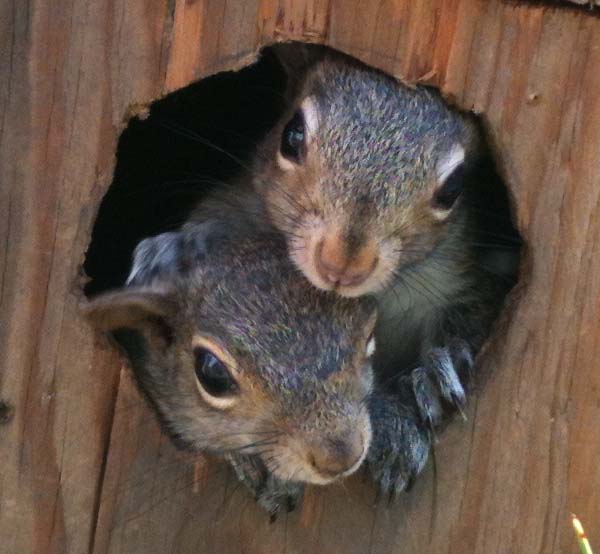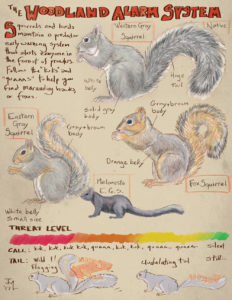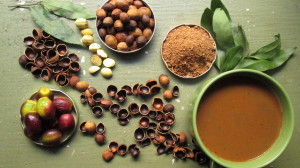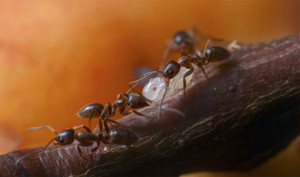Q: I don’t know if it is my imagination, but I think I am seeing more squirrels in Marin neighborhoods this fall than in the past. Have other people reported this, and if there are more squirrels now, why is that? — Keith B., San Anselmo
A: You have made a fantastic naturalist’s observation about the squirrels, Keith! I have some thoughts about why you may be seeing more squirrels this fall.
I am going to assume that you are speaking of tree squirrels, the ones that we often see running along the power lines and in the tree branches. There are ground squirrels also, but we see those less frequently in town. We have two species of tree squirrels that we see in our neighborhoods, the eastern fox squirrel and the eastern gray squirrel. Both of these squirrels are introduced to California, but occur naturally on the East Coast. There is a native species of tree squirrel in this part of Marin as well, the western gray squirrel, however I usually see these in the undeveloped forest areas around town.
There are a few reasons that you may be seeing more of these squirrels this fall: There really may be more squirrels, or the squirrels may just be more visible.
First, these squirrels are generally more visible in the fall than other times of the year. They all breed in late fall/early winter, and often engage in conspicuous chasing behavior around this time. So we see them more, because they are running around trees, branches, lines, and fences making a racket! In the fall, some of our trees lose their leaves, so we see the squirrels more just due to better visibility where they are. And in this extended drought, some of the evergreen trees many have lower leaf density as well. This further increases visibility of the squirrels in fall.
The two introduced squirrels can have two litters during the breeding season, one in early spring and one in summer. Young leave the nest about three months after being born, and the young emerging in late fall often overwinter with their mother. So by fall, you are likely seeing both the recently emerged young, possibly some individuals from the earlier litter, as well as the resident adult population. The double litters generally happen only in years of abundant food. So it’s possible that there was more food, such as acorns and bay berries, this year, leading to more individuals in the area this fall.
I hope this answer is helpful.
Aviva Rossi, wildlife ecologist





